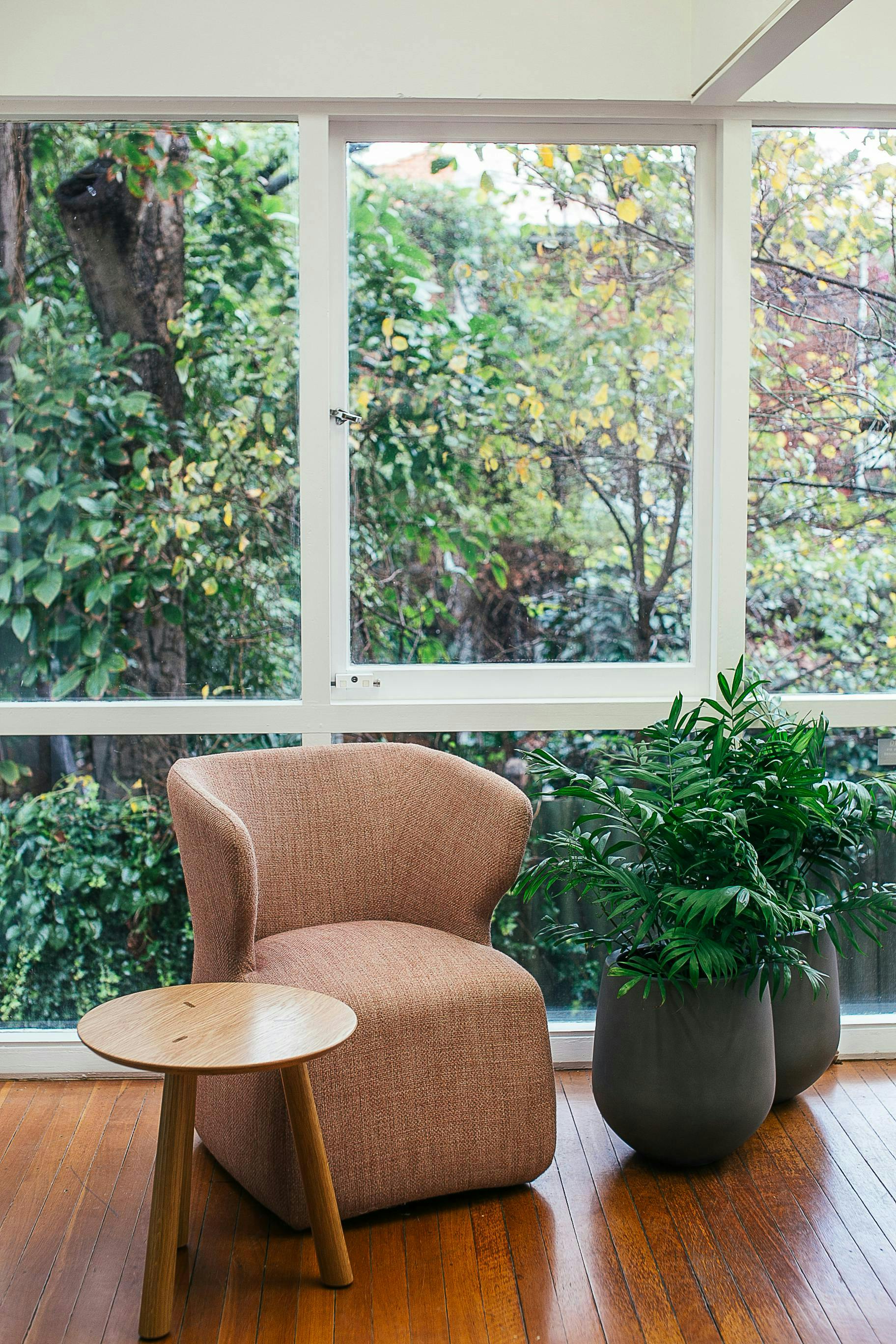The Silent Invader: Understanding Mold Prevalence in Homes
April 25, 2024

Mold is a silent invader, lurking in many homes and causing various health issues. The U.S. Centers for Disease Control and Prevention (CDC) warns that mold can thrive in any environment, particularly where ventilation is inadequate, humidity levels are high, or dampness persists. Astonishingly, 50% of buildings have experienced water damage, which can lead to mold growth.
Mold Statistics: A Closer Look
- Water Damage: A staggering 85% of office buildings have a history of water damage, and 45% currently have leaks, according to the Environmental Protection Agency (EPA).
- Home Impact: Research by Spengler indicates a 50% prevalence of dampness and mold in a study of 12,842 homes.
- Rapid Growth: Mold can begin to develop within 24 to 48 hours following water intrusion, as reported by the EPA.
- Indoor Exposure: The National Human Activity Pattern Survey (NHAPS) reveals that 87% of environmental exposure occurs indoors.
- Building Concerns: The World Health Organization (WHO) notes that 30% of remodeled and new buildings have indoor air quality issues.
- Health Risks: The WHO also reports that 21% of American asthma cases could be linked to dampness and mold, while the Mayo Clinic found that 96% of chronic sinus infections result from mold overexposure.
- Genetic Susceptibility: According to Dr. Shoemaker, 24% of the population is genetically susceptible to mold.
- Daily Impact: The Insurance Information Institute (III) states that 14,000 people in the US are affected by water damage daily.
For those concerned about potential mold in their homes, MoldCo offers a free Home & Health Guide with an inspection checklist to identify signs of mold. Stay informed and protect your health by understanding the risks and prevalence of mold in homes.